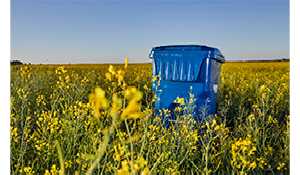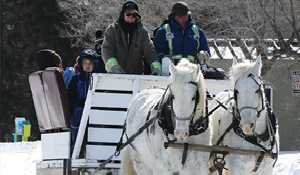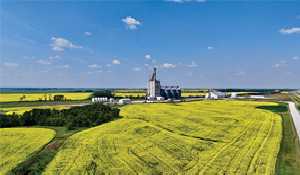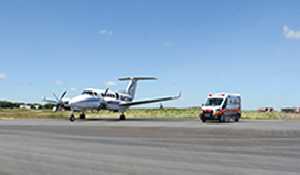Rocanville Town Council: Rocanville ready for Communities in Bloom
July 28, 2025, 11:07 am
Ryan Kiedrowski, Local Journalism Initiative Reporter

Rocanville has entered Communities in Bloom this year in a non-competitive category, and Town Administrator Tanya Strandlund says she is proud of the community effort.
“The residents of this town have really stepped forward with us being part of the Communities in Bloom this year,” she said. “The beautiful lawns, the additional flowers, the extra care people are putting into the community has really been noticed, and even those that go around and pick up garbage when they’re out walking, it’s made such a difference.”
Strandlund planned to express her gratitude to all those who pitched in to make Rocanville look extra nice through the Communities in Bloom campaign, including praise in a town-wide email last Friday.
“Our town looks so clean, and we’ve gotten a couple comments here in town of how beautiful our town is,” she said. “So a huge thank you to the residents and the businesses that make that happen.”
The Recreation Department has really embraced the Bloom spirit, posting photos of local flower beds, and issuing weekly challenges such as prune an unruly tree in your yard, and weed a flower bed.
“They’ve been sharing some of the beautiful flower arrangements people have put out and made in their pots, in their baskets, in their front yards and on their decks,” Strandlund said. “It is so bright and colourful they look beautiful out there.”
The Communities in Bloom judges will be making their stop in Rocanville on Aug. 8, and Strandlund encourages folks to “keep doing what you’re doing, because it’s beautiful out there!”
Positions approved
During their regular meeting on July 23, Rocanville town council approved Kristen Walchuck be hired as the Recreation Facility Caretaker. Rayne Thieven was also approved as the Summer Program hire.
Town looking for IT help
The Town of Rocanville is looking for some local information technology gurus willing to put their expertise to good use.
“We are looking for an individual potentially in the area, and we are going to be approaching some individuals for future IT help,” said Strandlund. “Somebody that really understands computers, networks, and setting up new computers.”
The plan is to create a contract for a casual position, which would also involve troubleshooting possible issues as well.
“There’s a few more names that came out from conversations last night regarding that, so we’ll be contacting them as well,” Strandlund said. “But if anybody loves computers and really understands IT, call me!”
Lot development discussed
Initial discussion took place regarding the creation of commercial lots from a town-owned green space.
“We’re not exactly sure what it’s going to look like yet or how quickly they’re going to be developed, but we’re in the beginning stages of turning a large green space and subdividing it into commercial lots that would then be sold for light industrial usage,” Strandlund explained.
Surveys from Gateway Economic Development will be going out, asking residents what services they feel are needed in Rocanville.
Should the project continue, next steps would include rezoning, subdividing, and involving land surveyors.
“We’re trying to find some space for people, because we want to grow,” Strandlund said. “We want people here, which just brings in business, brings in families, and we want to make Rocanville your home!”
PDWA procedure
Council also discussed creating a Precautionary Drinking Water Advisory procedure outlining what happens when a water advisory needs to be issued in Rocanville.
“We are creating a policy right now regarding our town procedure for when a PDWA is issued, just so that we have some steps, who’s responsible for what when it happens,” Strandlund explained. “It’s not finalized yet, just because we’re tweaking it a little bit and reading it over a few more times to make sure that it does make sense, we are within regulations and making sure that everyone in town, when there is a water situation, are taken care of.”
One important area is the means of communicating a water advisory—be it social media, email, and physical posters.
“In the moment it happens, yes—Facebook and email is the quickest way to get it out to as many people as possible, but it’s not foolproof,”Strandlund said. “Trying to figure out a way to make sure that everyone is notified to the best of our ability as quickly as possible is what we’re trying to focus on. There’s always room for improvement, we aren’t perfect, and we will continue to do better.”



































